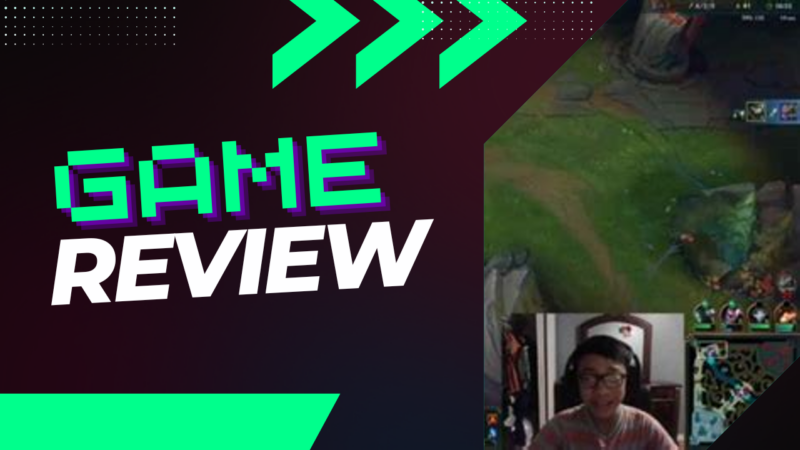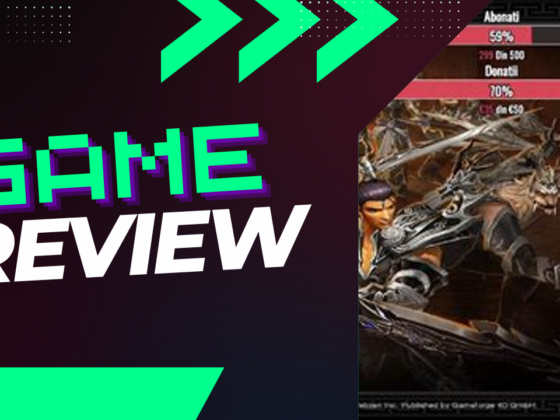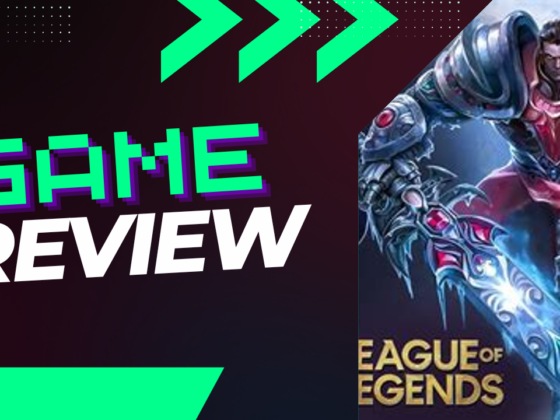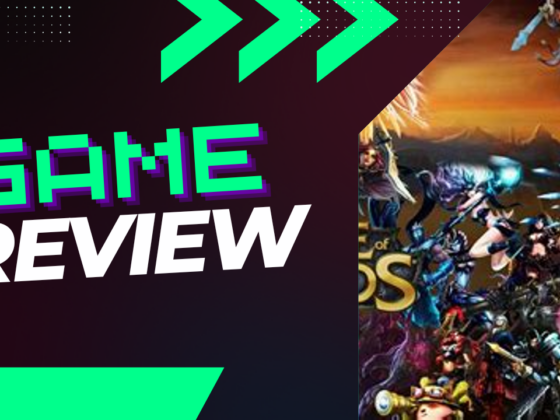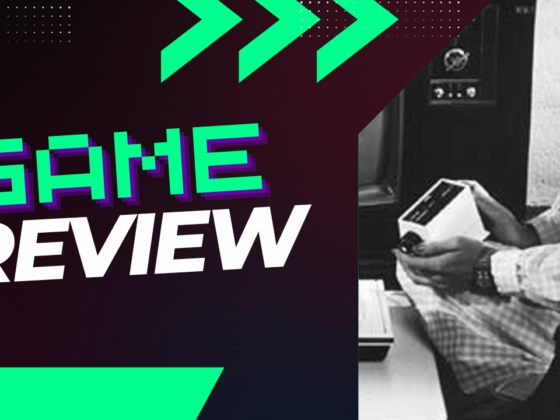Is League of Legends the next step on the gaming ladder for your child, or a precarious plunge into a virtual jungle filled with peril? As more kids dive into the immersive worlds of online gaming, League of Legends stands out, inviting young adventurers with its vibrant characters and thrilling challenges. However, lurking beneath the colorful surface is a maze of aggressive themes and adult content that can leave any concerned parent raising an eyebrow. In a landscape where competition can turn intense and role models are often flawed, it begs the question: Are our little ones truly ready for this digital battleground?
Is League of Legends Suitable for Children?
Parents of younger kids may find themselves worried about the unfavorable themes and role models presented in games like League of Legends. These concerns stem from the game’s portrayal of aggressive behavior, adult content, and the potential for fostering negative influences. Notably, children under 13 may not be ready for the game’s more mature elements, including themes of violence and competition, which can be particularly intense.
Age Recommendations and Concerns
- News
- Game Reviews
- App Feedback
- Helpful Tips
- Get Involved
- About League of Legends
- Resources for Parents
- Research on Video Games
According to various ratings, League of Legends is deemed *not suitable for players under 13 years old*, and caution is advised for those aged 13-15 due to its themes, including violence, aggressive conduct, and language. The game has been classified with particular attention to these elements:
Age Classification
| Children under 13 | Not suitable due to themes of aggression and potential negative influences. |
| Children aged 13-15 | Not recommended due to themes of conflict and aggression. |
This overview of the game includes its classifications and advice for consumers to help parents navigate the suitability of the content for their children. Key points to consider include overall recommendations, detailed classifications, and an insightful review of the game’s content.
Understanding Game Content
League of Legends depicts a highly competitive environment where players engage in real-time strategy through battle, which can lead to various forms of emotional responses—including joy from winning and frustration from losing. The game revolves around a variety of scenarios involving hero characters in intense confrontations. Such scenarios can instill aggressive behavior if not monitored, especially in younger audiences.
Research highlights that exposure to aggressive gameplay can normalize violence as a tool for conflict resolution among children. This process is exacerbated if violence is glamorized, suggesting that aggressive acts can lead to rewards with few real-life repercussions.
Potentially Disturbing Elements
Children can respond differently to the intense themes found in League of Legends. For example:
- Children under five may be frightened by intense visual imagery.
- Those aged five to eight may find content disturbing that includes threats, violence, or moral dilemmas.
- Children between eight and thirteen are particularly sensitive to portrayals of aggression and realistic threats.
- Adolescents over thirteen may be less likely to find the content shocking but may still be influenced by hostile themes.
These varying reactions may affect whether the game is a suitable choice for family entertainment, emphasizing the need for parental supervision during gameplay.
The Role of Social Interactions and Peer Influence
The game encapsulates elements related to teamwork, but it also promotes highly competitive interactions. Players may encounter intense verbal exchanges and potential bullying behavior, which can lead to a toxic gaming atmosphere. Observers note that continuous exposure to such dynamics can lead to desensitization or normalization of aggressive attitudes.
Concerns About Aggression and Violence
League of Legends contains numerous examples of aggressive interactions, including but not limited to:
- Players might experience verbal confrontations that resemble bullying.
- Some in-game conflicts may involve themes reminiscent of real-life disagreements, presenting aggression as an acceptable mode of interaction.
This vindication of aggression can be particularly harmful to younger players, who might internalize these behaviors as socially acceptable and mimic them in real life.
Conclusion: A Balanced Perspective
When it comes to determining whether League of Legends is appropriate for kids, it’s vital that parents consider their child’s maturity, capacity for distinguishing between game and reality, and the social implications of gaming. Monitoring their experiences while engaging with the game can provide valuable insight into how such content affects them. Encourage open discussions about what they see and experience in the game, emphasizing both the positive and negative aspects.
In summary, while League of Legends offers exciting gameplay and opportunities for social interaction, its potential to influence young minds negatively cannot be overlooked. For those choosing to let their children engage with this game, it is essential to provide guidance and maintain an ongoing dialogue about its content.

